
Sony’s next generation virtual reality headset is on the horizon, and with it the promise of a much-improved experience over its predecessor. As it happens, early playtesters are singing its praises, and with exciting VR only launch titles such as Horizon Call of the Mountain ready to immerse players, it may be that for those who can afford to stump up the cash PS VR2 might just be hitting a home run. Sony have pretty much upgraded everything for their next VR headset, so here’re 15 of the biggest differences before PS VR2’s launch on 22nd February.
Huge price hike
Straight off the bat, an important difference between PS VR2 and Sony’s original PlayStation virtual reality headset is the substantial price increase. PS VR2 features a bevy of upgraded specs – which we’ll get into in this feature – so it’s down to the individual if they think PS VR2 is worthy of the price hike. For those who don’t know, PS VR2 will retail at $549.99 / £529.99 / €599.99. When compared to PS VR’s starting price of £349, PS VR2 comes in at a whopping 34% higher price over its predecessor.
Substantial resolution upgrade
Sony has confirmed that the PS VR2 will come equipped with OLED HDR in-headset displays at a resolution of 2000 x 2040 per eye. In comparison, PS VR shipped with RGB OLED displays with a resolution of 960 x 1080 per eye. Now, one of the common complaints levied on the original virtual reality headset was a tendency for its graphics to get a little fuzzy around the edges; in fact, poor screen quality was very noticeable at times, so it’s clear with this PS VR2’s four times as crisp resolution Sony are looking to address these complaints.
Single wire connection
The first PS VR headset required multiple wires to connect to the PS4. Of course, multiple wires dangling across living rooms presents many an opportunity for trip-ups. Plus, requiring more than one wire was just plain cumbersome. Sony has addressed this issue with the PS VR2 which will now only require a single wire to setup. The wire itself plugs into the headset at one end, and slots into one of the PS5’s USB ports at the other. It’s a shame Sony haven’t replicated the Oculus Quest 2’s wireless capability, but one wire is still an improvement on PS VR2’s predecessor.
No breakout box
In addition to multiple cables to and from the headset, the original PS VR also shipped with a breakout box that was required as a central hub to connect the headset to the external camera and TV. So, in addition to the breakout box requiring two connections from the headset, it needed to be plugged into the PS4’s USB and HDMI ports, plus a connection to the TV, and be plugged into an external power source. Sony have done away with this requirement meaning PS VR2 will be a much more streamlined system to setup.
External camera no longer required
PS VR required an extra peripheral, an external camera, placed somewhere in the vicinity to track player movement. Now, this camera was never originally designed for VR and as a result this ‘outside-in’ tracking method suffered from poor accuracy and limited coverage. Instead, PS VR2 ships with four cameras embedded into the headset. This ‘inside-out’ method will vastly improve player and controller tracking for PS VR2.
New controller design
PS VR2 ditches its predecessors PS Move controllers for something altogether more sophisticated. Indeed, PS VR2’s controller shape and size should comfortably accommodate almost any hand size and promote a higher degree of natural movement thanks to their tracking rings and thumb sticks; the former of which enables the controller to detect finger location and recognise input without pressing any buttons, whilst the latter should alleviate the awkwardness of point and click movement. Also, like PS5’s DualSense, PS VR2’s controllers come equipped with adaptive triggers and haptic feedback.
PS VR2 utilising Fresnel lenses
Sony eschewed the VR industry standard Fresnel lens for PS VR, utilising a single element non-Fresnal design instead. But, for its second iteration they’ve confirmed the switch. Now, Fresnel lenses are a relatively cheap component whose primary draw is to magnify images and bring them into focus at the cost of glare and other potential artifacts. PS VR2 has prompted Sony to rethink its lens choice, with presumably the chance of optical artifacts now negligible due to higher pixel depth.
Built-in headset motor
Sony’s all about the haptic feedback for its current generation hardware, so it’s no surprise PS VR2’s headset comes equipped with a built-in motor to provide vibration and other head-orientated stimulus to strengthen the player’s connection to what’s happening on screen. Whether every player appreciates a vibrating head when playing in VR remains to be seen, but it’s a decent feature with potential to boost player immersion.
Wider field of view
Alongside the potential for PS VR2’s substantially improved image quality Sony are also touting a wider field of view. PS VR2 will stretch its pixels over 110° compared to 100° in the PS VR. Now, this isn’t a massive increase but an incremental change which might only be detectible should the two headsets be compared side by side. One thing is for sure, PS VR2’s four times as sharp image quality means there’s room to stretch the pixels over a wider field of view without any negative effect.
Eye tracking
Long expected to become consumer tech but up to now only featuring in prestige high-end units, PS VR2’s eye tracking capability has potential to open up a whole new world of gaming possibilities. Sony have confirmed eye tracking in PS VR2 will allow for ‘foveated rendering’, that is, to track exactly where the player is looking and render that relatively small picture area in high detail, leaving everything in their peripheral vision out of focus. The main advantage to this is to save on computing power, but of course there are other potential benefits such as eye-based input.
IPD lens adjustments
Standing for interpupillary distance, IPD adjustments in PS VR2 allow the headset to match the distance between the centre of the player’s pupils. IPD in adults is fixed but can alter ever so slightly depending on what the eyes are focusing on. By having IPD lens adjustment capability in PS VR2’s headset, Sony are minimising the potential for reduced image quality and eye comfort. The original PS VR’s eye relief feature is retained too meaning those with glasses will be able to dial in the perfect viewing distance between eyes and lenses.
Air vents to reduce fogginess
Pretty self-explanatory this one, PS VR2’s headset has been designed with the sweaty gamer in mind. It’ll come with a dedicated air ventilation system to promote cooling air flow. Together with an altogether lighter and slimmer headset design, wearing PS VR2 for long periods will be a cooler, more comfortable experience with much less potential for screen fogging when compared with PS VR.
Pass through view
Due to the original PS VR relying on an external camera it was incapable of pass-through view, that is, the ability for the player to look through the headset to see their surroundings in real-time. Now PS VR2 comes equipped with in-headset cameras players will now be able to grab a quick view of their room without taking the headset off and totally breaking immersion.
Play space boundary
Because of PS VR2’s pass through view capability, players can now create a more accurate play space boundary. Free from the shackles of multiple cables, breakout boxes, and meagre external camera tracking, PS VR2 players will be able to create a truer picture of their playing area, allowing opportunity to move and look anywhere within the confines of a single cable without worry of smashing the controller into their TV screen.
PS VR2 is PS5 only
Possibly least surprising of all the points in this rundown owing to its haptic feedback capability, PS VR2 is a PS5 exclusive. If there’re PS5 players who want to dive into the world of virtual reality but can’t stump up the cash for PS VR2, the original PS VR works on PS5 alongside PS4 and PS4 Pro. For PS VR2 though, its PS5 only and currently it’s unlikely backwards compatibility will feature.








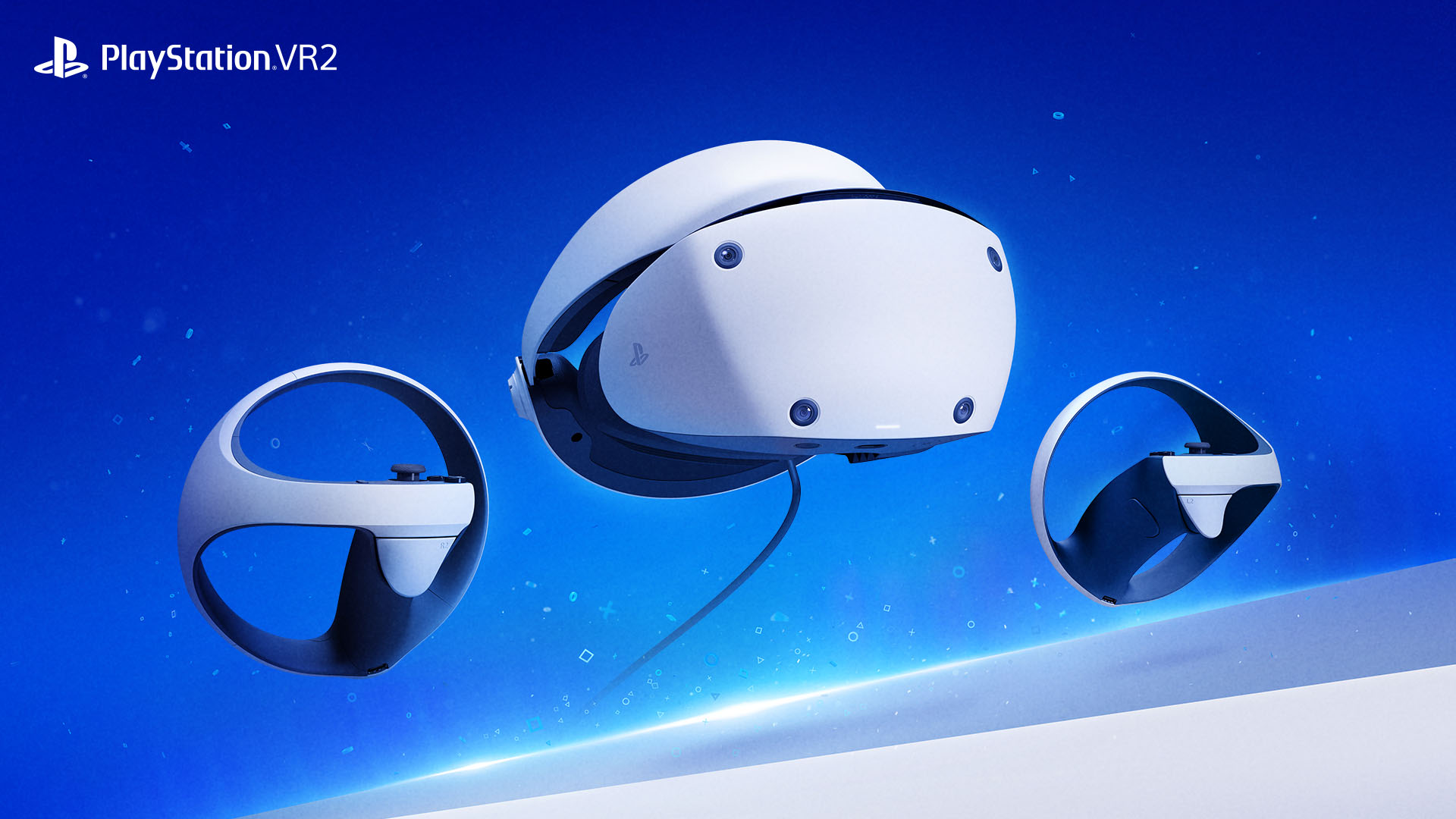
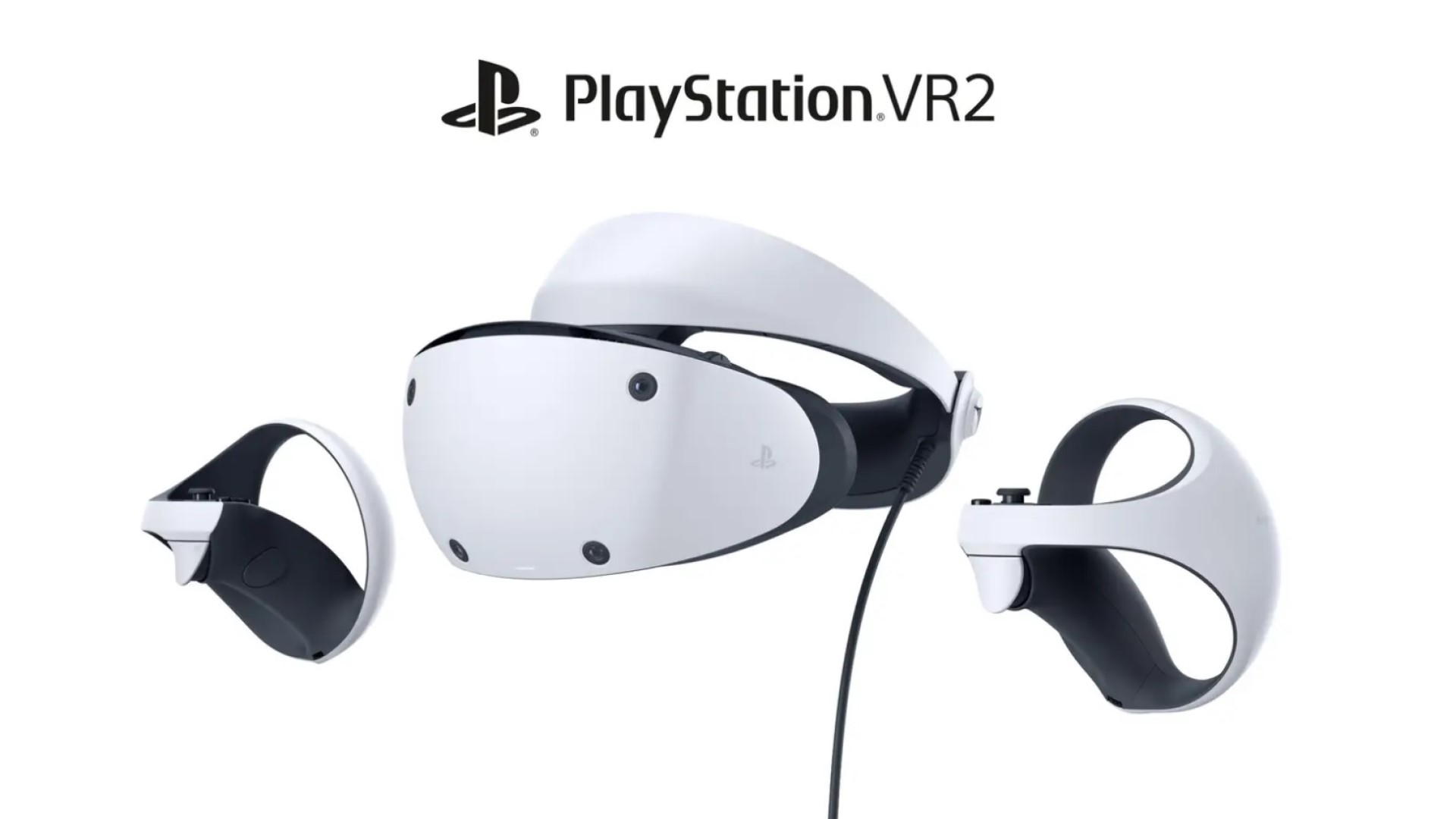
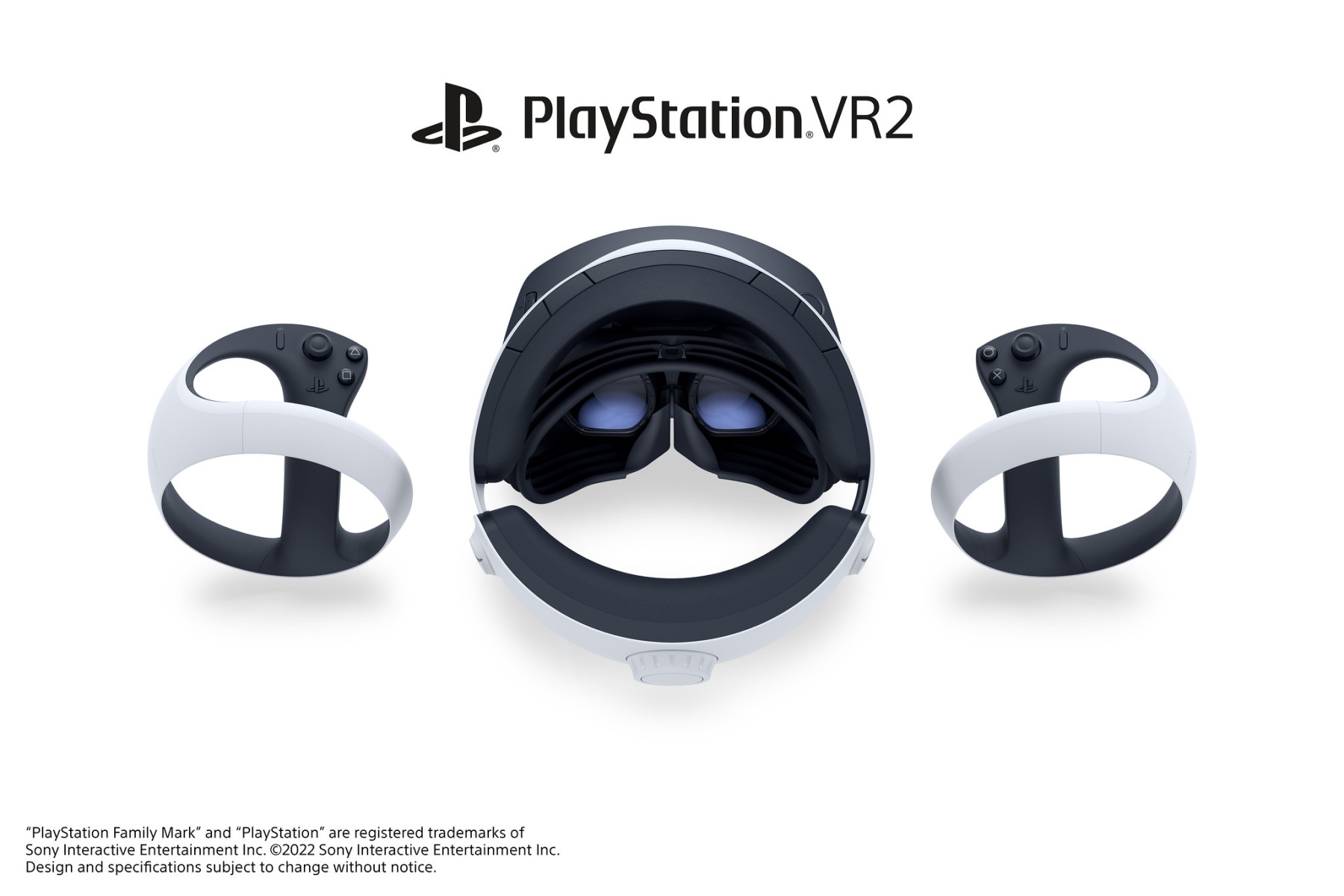

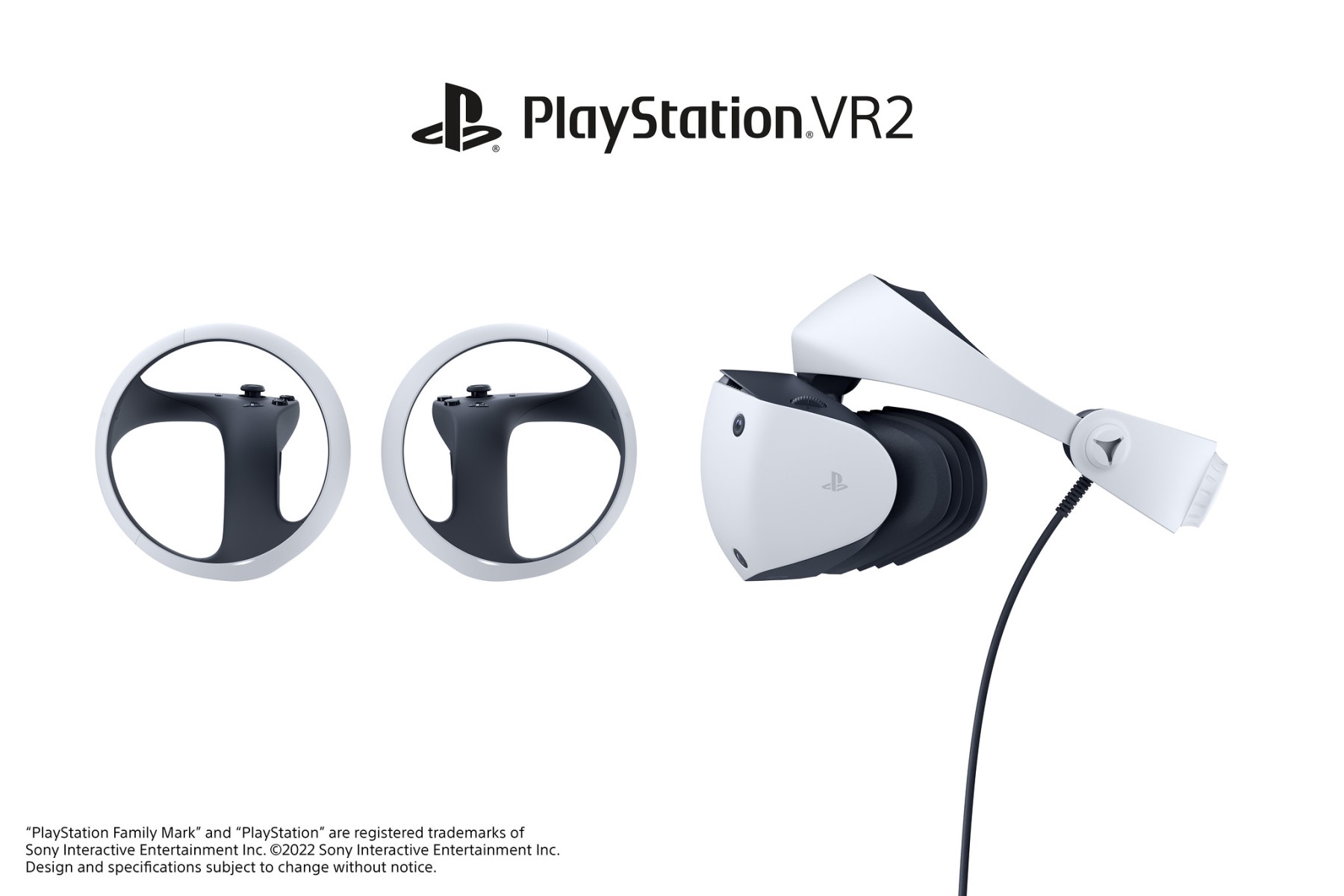

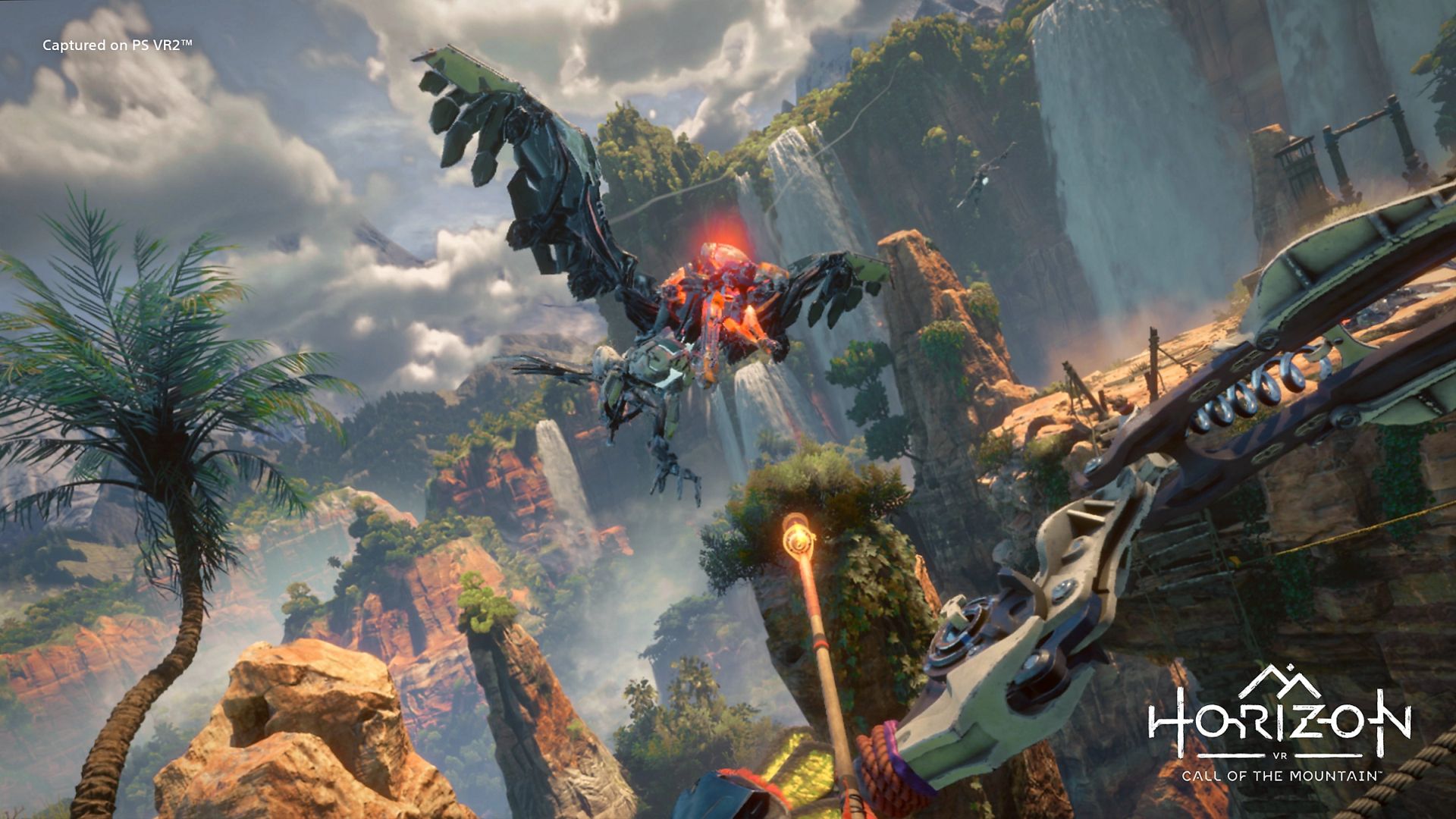








Share Your Thoughts Below (Always follow our comments policy!)